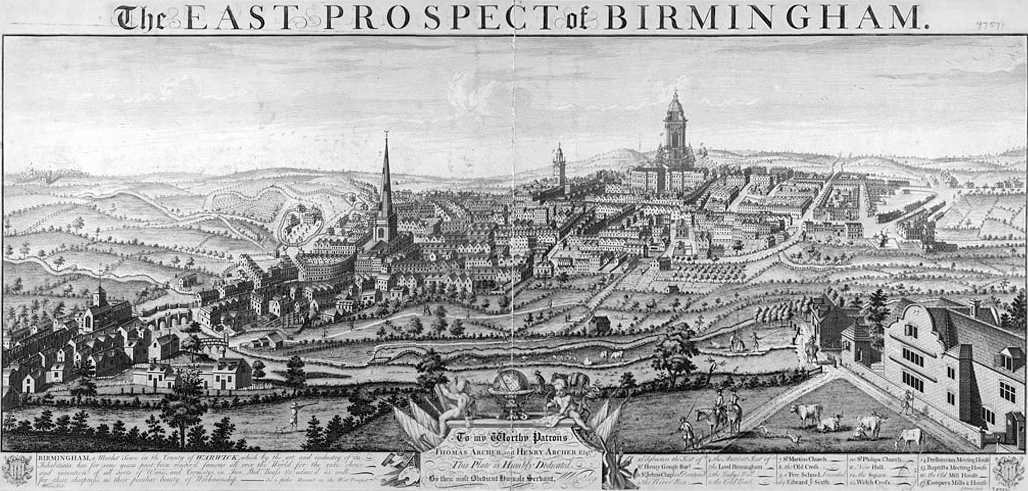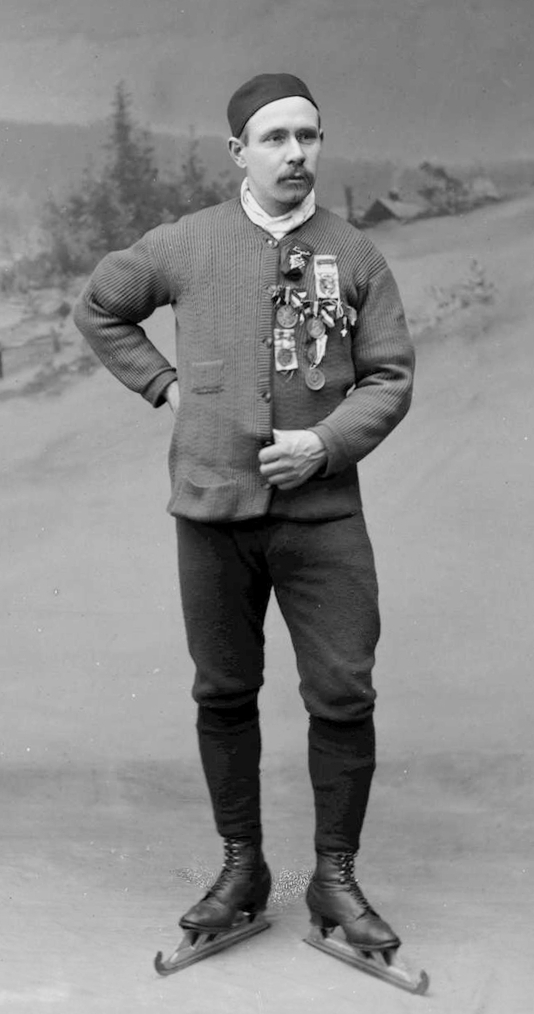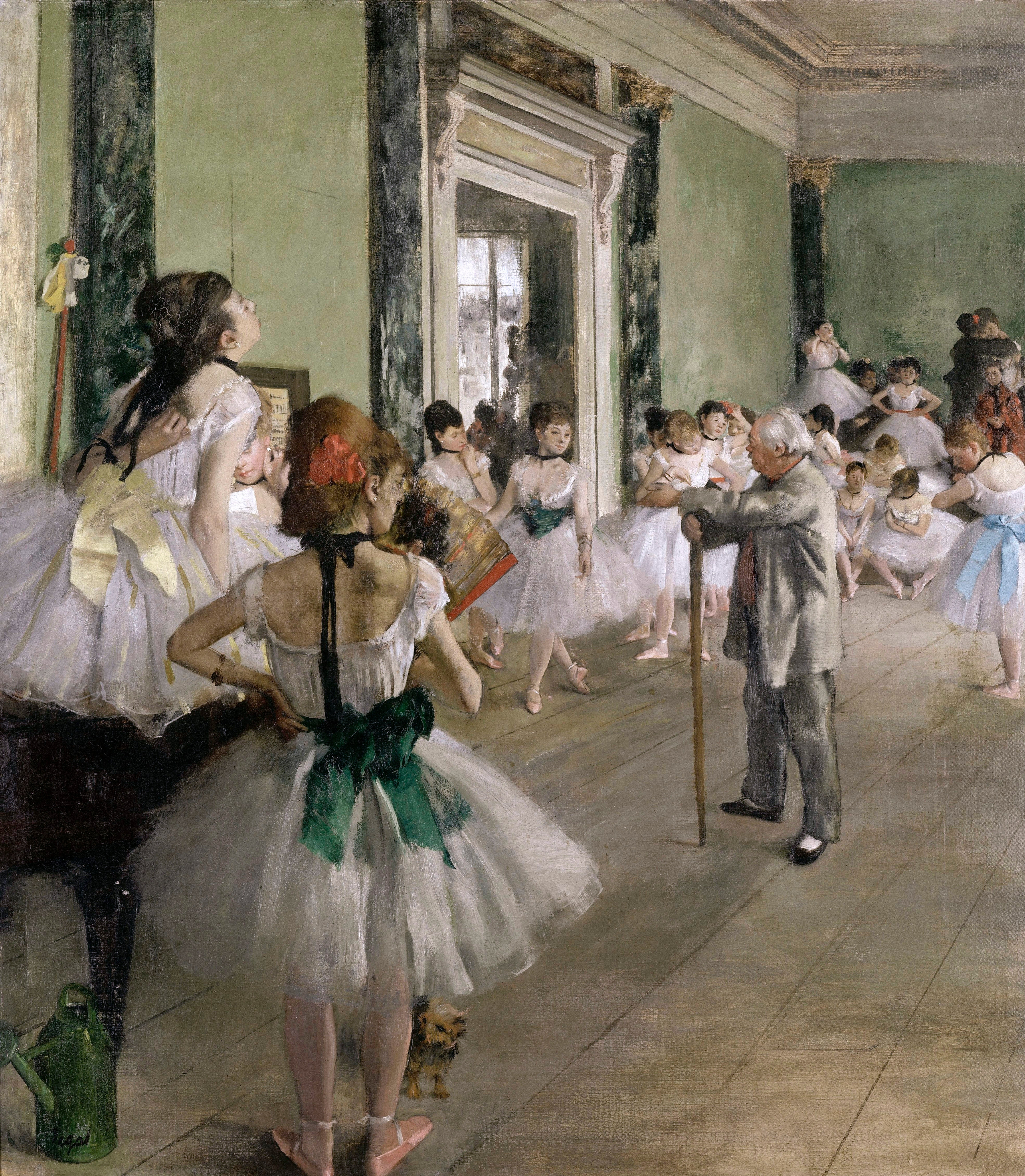|
John Curry
John Anthony Curry, (9 September 1949 – 15 April 1994) was a British figure skater. He was the 1976 European, World and Olympic Champion. He was noted for combining ballet and modern dance influences into his skating. Early life Curry was born on 9 September 1949 in Birmingham, England. He had two older brothers. He was educated at Solihull School, a private school in the West Midlands and prior to this, at St Andrews, an independent boarding school in Somerset. As a child, Curry wanted to become a dancer, but his father disapproved of dance as an activity for boys. As a compromise, in 1957, he began to take figure skating lessons under the guidance of Ken Vickers at the Summerhill Road rink in Birmingham. Skating career After his father died from suicide when John was 16, he moved to London to study with Arnold Gerschwiler, who coached him to his first British title in 1971. In 1972, Curry found an American sponsor who enabled him to study in the United States with Gus ... [...More Info...] [...Related Items...] OR: [Wikipedia] [Google] [Baidu] |
Birmingham
Birmingham ( ) is a City status in the United Kingdom, city and metropolitan borough in the metropolitan county of West Midlands (county), West Midlands, within the wider West Midlands (region), West Midlands region, in England. It is the List of English districts by population, largest local authority district in England by population and the second-largest city in Britain – commonly referred to as the second city of the United Kingdom – with a population of million people in the city proper in . Birmingham borders the Black Country to its west and, together with the city of Wolverhampton and towns including Dudley and Solihull, forms the West Midlands conurbation. The royal town of Sutton Coldfield is incorporated within the city limits to the northeast. The urban area has a population of 2.65million. Located in the West Midlands (region), West Midlands region of England, Birmingham is considered to be the social, cultural, financial and commercial centre of the Midland ... [...More Info...] [...Related Items...] OR: [Wikipedia] [Google] [Baidu] |
Private Schools In The United Kingdom
In the United Kingdom, private schools (also called independent schools) are schools that require fees for admission and enrolment. Some have financial endowments, most are governed by a board of governors, and are owned by a mixture of corporations, trusts and private individuals. They are independent of many of the regulations and conditions that apply to State-funded schools (England), state-funded schools. For example, the schools do not have to follow the National Curriculum for England, although many such schools do. Historically, the term ''private school'' referred to a school in private ownership, in contrast to an Financial endowment, endowed school subject to a trust or of charitable status. Many of the older independent schools catering for the 13–18 age range in England and Wales are known as Public school (United Kingdom), public schools, seven of which were the subject of the Public Schools Act 1868. The term ''public school'' meant they were then open to pupils ... [...More Info...] [...Related Items...] OR: [Wikipedia] [Google] [Baidu] |
Toe Loop Jump
The toe loop jump is the simplest Figure skating jumps, jump in the sport of figure skating. It was invented in the 1920s by American professional figure skater Bruce Mapes. The toe loop is accomplished by skating forward on the inside edge of the blade; the skater then switches to a backward-facing position before their takeoff, which is accomplished from a back outside edge with assistance from the toe pick on the other foot. The jump is exited on the same back outside edge as it was taken off from. It is often added to more difficult jumps during combinations and is the most common second jump performed in combinations. It is also the most commonly attempted jump. History The toe loop jump is the simplest of the six Figure skating jumps, jumps in the sport of figure skating. It was invented in the 1920s by American professional figure skater Bruce Mapes, who might have also invented the flip jump. In competitions, the base value of a single toe loop is 0.40; the base value of ... [...More Info...] [...Related Items...] OR: [Wikipedia] [Google] [Baidu] |
Don Quixote (ballet)
''Don Quixote'' is a ballet in three acts, based on episodes taken from the famous novel ''Don Quixote, Don Quixote de la Mancha'' by Miguel de Cervantes. It was originally choreographed by Marius Petipa to the music of Ludwig Minkus and first presented by Moscow's Bolshoi Ballet on . Petipa and Minkus revised the ballet into a more elaborate and expansive version in five acts and eleven scenes for the Mariinsky Ballet, first presented on at the Imperial Bolshoi Kamenny Theatre of St. Petersburg. All modern productions of the Petipa/Minkus ballet are derived from the version staged by Alexander Alexeyevich Gorsky, Alexander Gorsky for the Bolshoi Theatre of Moscow in 1900, a production the ballet master staged for the Imperial Ballet of St. Petersburg in 1902. History Earlier versions The two chapters of the novel that the ballet is mostly based on, were first adapted for the ballet in 1740 by Franz Hilverding in Vienna, Austria. In 1768, Jean Georges Noverre mounted a new ... [...More Info...] [...Related Items...] OR: [Wikipedia] [Google] [Baidu] |
Figure Skating Jump
Figure skating jumps are an element of three competitive figure skating disciplines: men's singles, women's singles, and pair skatingbut not ice dancing. Jumping in figure skating is "relatively recent". They were originally individual compulsory figures, and sometimes special figures; many jumps were named after the skaters who invented them or from the figures from which they were developed. Jumps may be performed individually or in combination with each other. It was not until the early part of the 20th century, well after the establishment of organized skating competitions, when jumps with the potential of being completed with multiple revolutions were invented and when jumps were formally categorized. In the 1920s, Austrian skaters began to perform the first double jumps in practice. Skaters experimented with jumps, and by the end of the period, the modern repertoire of jumps had been developed. Jumps did not have a major role in free skating programs during international ... [...More Info...] [...Related Items...] OR: [Wikipedia] [Google] [Baidu] |
Compulsory Figures
Compulsory figures or school figures were formerly a segment of figure skating, and gave the sport its name. They are the "circular patterns which skaters trace on the ice to demonstrate skill in placing clean turns evenly on round circles". For approximately the first 50 years of figure skating as a sport, until 1947, compulsory figures made up 60 percent of the total score at most competitions around the world. These figures continued to dominate the sport, although they steadily declined in importance, until the International Skating Union (ISU) voted to discontinue them as a part of competitions in 1990. Learning and training in compulsory figures instilled discipline and control; some in the figure skating community considered them necessary to teach skaters basic skills. Skaters would train for hours to learn and execute them well, and competing and judging figures would often take up to eight hours during competitions. Skaters traced compulsory figures, and were judged acco ... [...More Info...] [...Related Items...] OR: [Wikipedia] [Google] [Baidu] |
Toller Cranston
Toller Shalitoe Montague Cranston (April 20, 1949 – January 24, 2015) was a Canadian figure skater and painter. He won the 1971–1976 Canadian national championships, the 1974 World bronze medal and the 1976 Olympic bronze medal. Despite never winning at the World Figure Skating Championships due to his poor compulsory figures, he won the small medal for free skating at the 1972 and 1974 championships. Cranston is credited by many with having brought a new level of artistry to men's figure skating. Personal life Cranston was born in Hamilton, Ontario, in 1949 and grew up in Kirkland Lake. When he was 11, his family moved to suburban Montreal. Growing up, Cranston had an uneasy relationship with his family, especially his mother, who was a painter and who he says had a domineering and self-centred personality. He later compared his childhood to "being in jail"; in school he had the habit of asking provocative questions that made his teachers think he was being disr ... [...More Info...] [...Related Items...] OR: [Wikipedia] [Google] [Baidu] |
BBC Sports Personality Of The Year
The BBC Sports Personality of the Year is an awards ceremony that takes place annually in December. Devised by Paul Fox in 1954, it originally consisted of just a single award of the same name. Several new awards have been introduced, and currently eight awards are presented. The first awards to be added were the Team of the Year and Overseas Personality awards, which were introduced in 1960. A Lifetime Achievement Award was first given in 1995 and again in 1996, and has been presented annually since 2001. In 1999, three more awards were introduced: the Helen Rollason Award, the Coach Award, and the Newcomer Award, which was renamed to Young Sports Personality of the Year in 2001. The newest is the Unsung Hero Award, first presented in 2003. In 2003, the 50th anniversary of the show was marked by a five-part series on BBC One called ''Simply the Best – Sports Personality''. It was presented by Gary Lineker and formed part of a public vote to determine a special Gol ... [...More Info...] [...Related Items...] OR: [Wikipedia] [Google] [Baidu] |
1976 Winter Olympics
The 1976 Winter Olympics, officially known as the XII Olympic Winter Games (, ) and commonly known as Innsbruck 1976 (), were a winter multi-sport event celebrated in Innsbruck, Austria, from February 4 to 15, 1976. The games were awarded to Innsbruck after Denver, the original host city, withdrew in 1972. This was the second time the Tyrolean capital had hosted the Winter Olympics, having first done so in 1964. Host selection The cities of Denver, Colorado, United States; Sion, Switzerland; Tampere, Finland; and Vancouver (with most events near Mount Garibaldi), British Columbia, Canada, made bids for the Games. The host was decided at the 69th IOC meeting in Amsterdam, Netherlands, on May 12, 1970. Denver planned to hold its games between February 12 and 22, 1976. In a statewide referendum on 7 November 1972, Colorado voters rejected funding for the games, and for the first (and only) time a city awarded the Winter Games rejected them. Denver officially withdrew on 15 ... [...More Info...] [...Related Items...] OR: [Wikipedia] [Google] [Baidu] |
Ballet
Ballet () is a type of performance dance that originated during the Italian Renaissance in the fifteenth century and later developed into a concert dance form in France and Russia. It has since become a widespread and highly technical form of dance with Glossary of ballet, its own vocabulary. Ballet has been influential globally and has defined the foundational ballet technique, techniques which are used in many other dance genres and cultures. Various schools around the world have incorporated their own cultures. As a result, ballet has evolved in distinct ways. A ''ballet'' as a unified work of art, work comprises the choreography (dance), choreography and music for a ballet production. Ballets are choreographed and performed by trained ballet dancers. Traditional classical ballets are usually performed with classical music accompaniment and use elaborate costumes and staging, whereas modern ballets are often performed in simple costumes and without elaborate sets or scenery ... [...More Info...] [...Related Items...] OR: [Wikipedia] [Google] [Baidu] |
Carlo Fassi
Carlo Fassi (20 December 1929 – 20 March 1997) was an Italian figure skater and international coach whose students included several World and Olympic champions. As a single skater, he was the 1953 World bronze medalist, a two-time European champion (1953, 1954), and a ten-time Italian national champion (1945–54). Personal life Fassi was born in Milan, the son of a builder. He spoke five languages. He married his skating pupil Christa von Kuczkowski (born 16 February 1942) in 1960. They had three children: Ricardo, Monika, and Lorenzo. Competitive career Fassi competed in two disciplines at the 1948 Winter Olympics in St. Moritz, Switzerland, placing 15th in men's singles and 13th in pair skating with partner Grazia Barcellona. Appearing only in men's singles, he finished sixth at the 1952 Winter Olympics in Oslo, Norway. Fassi won gold at the European Championships in 1953 and 1954, and the bronze medal at the World Championships in 1953. He was the Italian natio ... [...More Info...] [...Related Items...] OR: [Wikipedia] [Google] [Baidu] |
Gus Lussi
Gustave François Lussi (June 2, 1898 – June 23, 1993) was a figure skating coach. He lived in Lake Placid, New York, and was instrumental in producing popular ice shows in the 1930s and after. Using the rinks from the 1932 Winter Olympics, he trained students during the summer, a practice unusual at the time. Among his students were Dick Button and Dorothy Hamill. Personal life Lussi was born in Stans, Switzerland. He himself was not a competitive skater but a ski jumper. He lost his nerve for that sport after a fall, and became interested in skating instead. His previous experience with the sport was only recreational skating on Lake Lucerne as a boy. In 1919, Lussi emigrated to the United States, landing in New York City. He became a U.S. citizen in 1927. In 1932, he married Thelma McDowell, also a skater, with whom he had two sons. He died on June 23, 1993, at the age of 95. Coaching career Lussi supported another Swiss emigrant, a skating coach named De Bergen, and hims ... [...More Info...] [...Related Items...] OR: [Wikipedia] [Google] [Baidu] |






